The U.S. Air Force has been using a first-of-its-kind mobile operations center as part of the deployment of three B-2 Spirits to the Indian Ocean island of Diego Garcia. The service says that this readily deployable command post is an essential component of new expeditionary concepts of operations for these stealth bombers. Expanding the number of locations that the B-2 can operate from is something it has already been experimenting with, including by sending the bombers for the first time ever to Wake Island in the Pacific and Iceland in the North Atlantic in recent years.
The “overseas mobile operations center” is a physical temporary facility that Air Force personnel erected specifically for this latest short-term B-2 deployment to Diego Garcia and it has since provided communications, mission planning, and other operational support for those aircraft. The bombers left their home base at Whiteman Air Force Base in Missouri on Aug. 11, 2020, and arrived on the island 29 hours later. They have conducted a number of training missions over the Indian Ocean and Australia since then, which you can read about more in the War Zone‘s previous reporting on this deployment.
“Our objective out here is to create an ability to move a B-2 unit to any location in the world and generate combat sorties, as the Air Force Global Strike [Command] 2020 Strategic Plan outlines,” Lieutenant Colonel Christopher Conant, Bomber Task Force commander. “This is the future of bomber mission planning.”
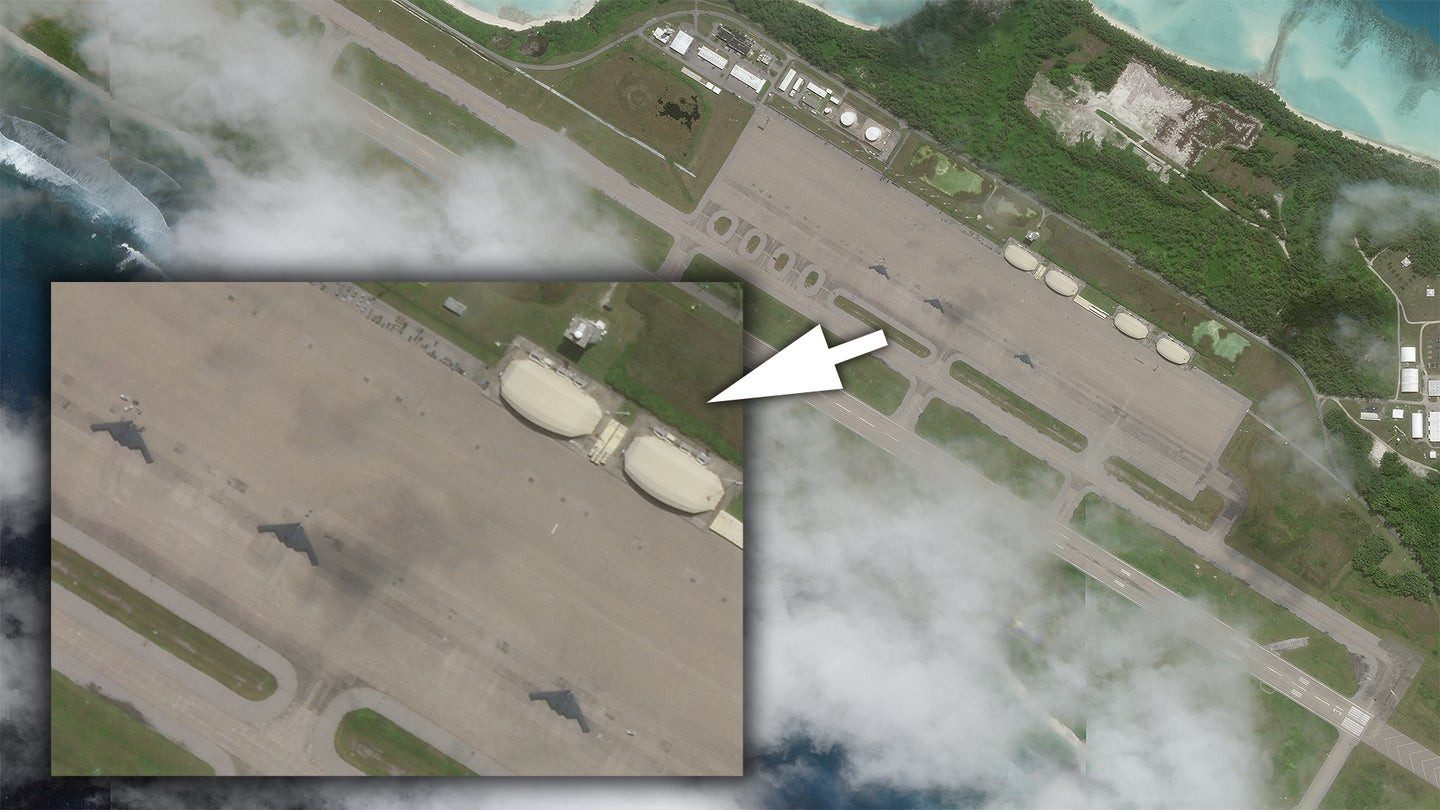
The B-2 is presently America’s most capable bomber aircraft and a key element of the country’s nuclear deterrent triad, presenting the ability to penetrate through dense integrated air defense networks to carry out both nuclear and conventional strikes deep inside enemy territory. Being able to launch those missions from an increasingly large constellation of bases around the world only adds to its already impressive capabilities.
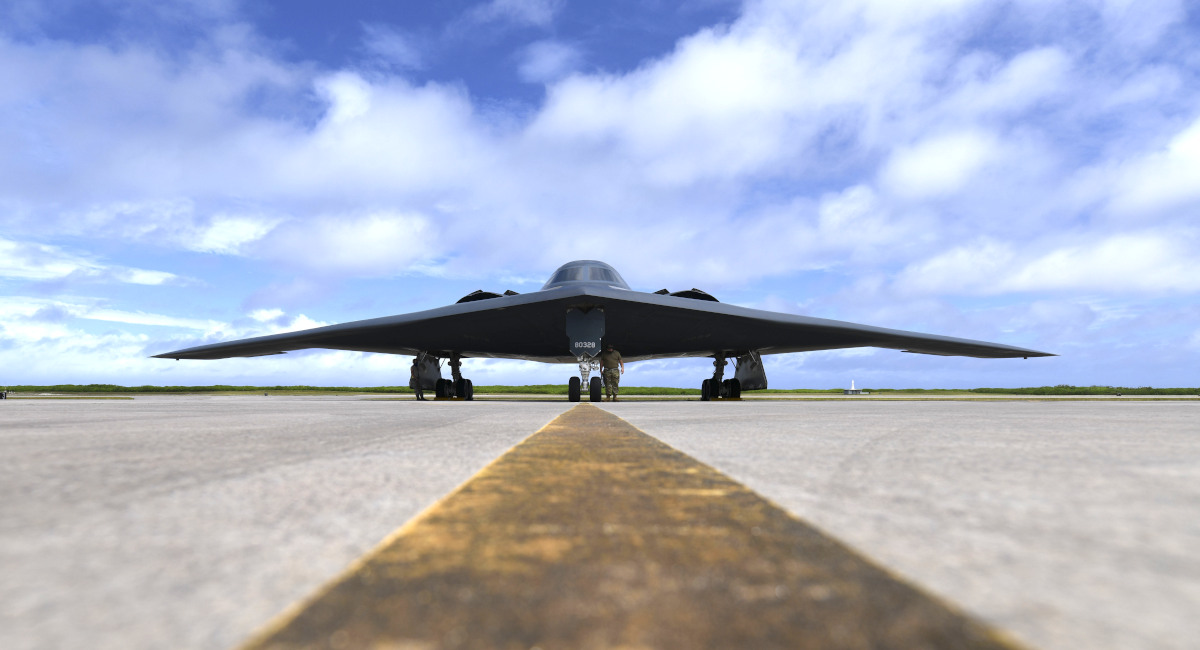
Air Force Global Strike Command’s (AFGSC) 2020 Strategic Plan, which it released in October 2019, is heavily influenced by the Dynamic Force Employment concept found in the latest National Defense Strategy. Dynamic Force Employment revolves around the idea of replacing routine rotational deployments with shorter-term, more irregular ones that are more difficult for opponents to anticipate and otherwise plan around.
The U.S. military, as a whole, has been working to integrate Dynamic Force Employment into their concepts of operation, but it has been particularly visible with regards to the Air Force’s B-2, as well as B-1 and B-52 bomber fleets. In April, the service notably ended its Continous Bomber Presence missions to the strategic U.S. island of Guam in the Pacific, which had involved a new detachment of bombers arriving every six months since 2004. The War Zone
was first to report on this significant operational shift, which has been followed by a surge of more dynamic bomber deployments in the Indo-Pacific region, as well as Europe.
At the same time, the U.S. Air Force, as well as the rest of the U.S. military, has been increasingly concerned about the vulnerability of established bases to strikes in the opening phases of a major conflict. In turn, there has been a growing focus on the development of new expeditionary concepts of operation to ensure that various units, especially those operating advanced stealthy combat aircraft, are still able to forward-deploy and otherwise stage closer to the action, when necessary. Dynamic Force Employment is certainly less so if there is only a limited number of known bases that can readily support America’s most capable aircraft.
The Air Force has already made significant strides in being able to rapidly deploy stealthy aircraft to forward locations, with the F-22 Raptor stealth fighter community being pioneers in this space with the now years-old Rapid Raptor concept, which you can read about in more in this past War Zone piece. However, the ability to support more sustained operations at potentially austere and remote locations with robust and secure communications assets, as well as elements to safeguard them physically and in cyberspace, will be a key component of these kinds of operations going forward.
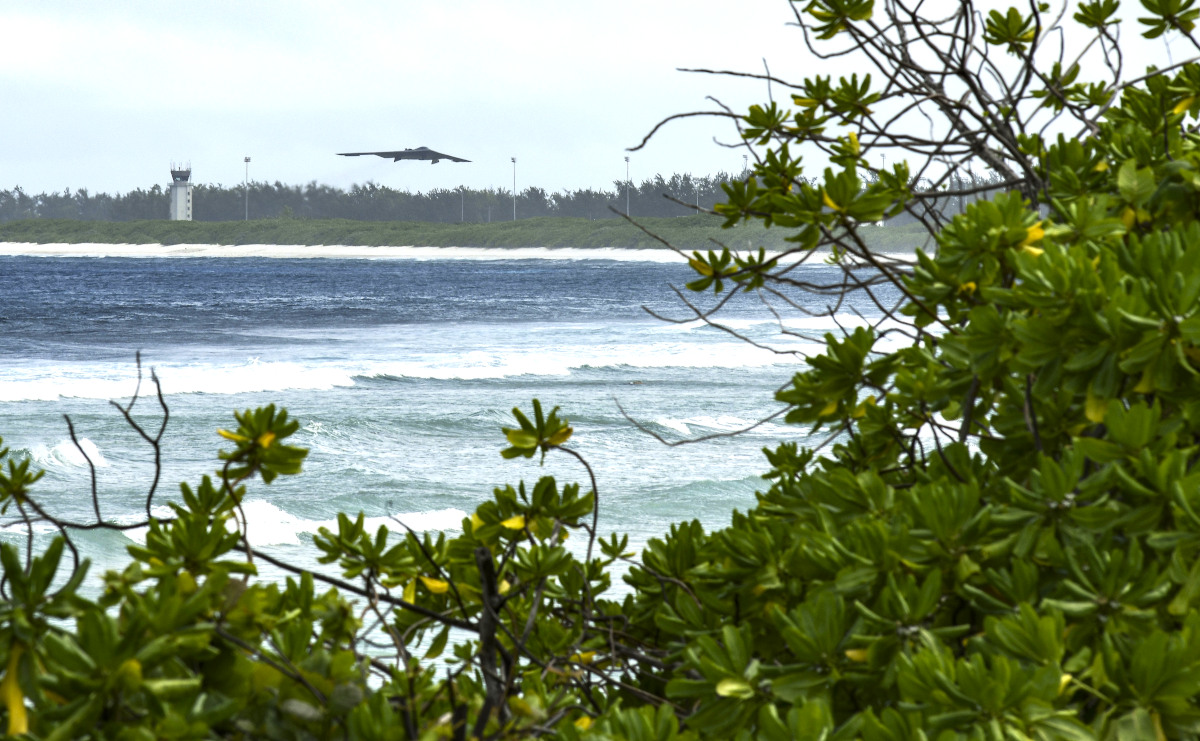
The challenge of just operating from Diego Garcia, a well-established facility that supported bombers flying strikes in Afghanistan and then Iraq in the years immediately following the 9/11 terrorist attacks in 2001, was underscored after sending a detachment of B-52s to the island on short notice in April in response to a spike in tensions with Iran. “Flying combat operations from a remote island presented the 20 EBS [20th Expeditionary Bomb Squadron] with unique challenges to overcome, from logistics to communication,” the Air Force said in an official news item about that deployment.
AFGSC’s new deployable mobile operations center is clearly meant to address at least some of these challenges, particularly when it comes to communications and the ability to perform more robust mission planning and execution independent of regional command centers that may be hundreds or even thousands of miles away, not to mention being potentially under attack or otherwise unreachable during a major crisis.
“Our communications warriors are absolutely amazing,” Lieutenant Colonel Conant said. “They overcame numerous challenges to get this system operating.”
“What we are doing out here is demonstrating expeditionary operations,” Air Force Major Justin Spencer, a weapons officer from the 393rd Expeditionary Bomb Squadron, the unit to which the B-2s on Diego Garcia are assigned, added. “This initiative will allow us to operate more dynamically than ever before.”
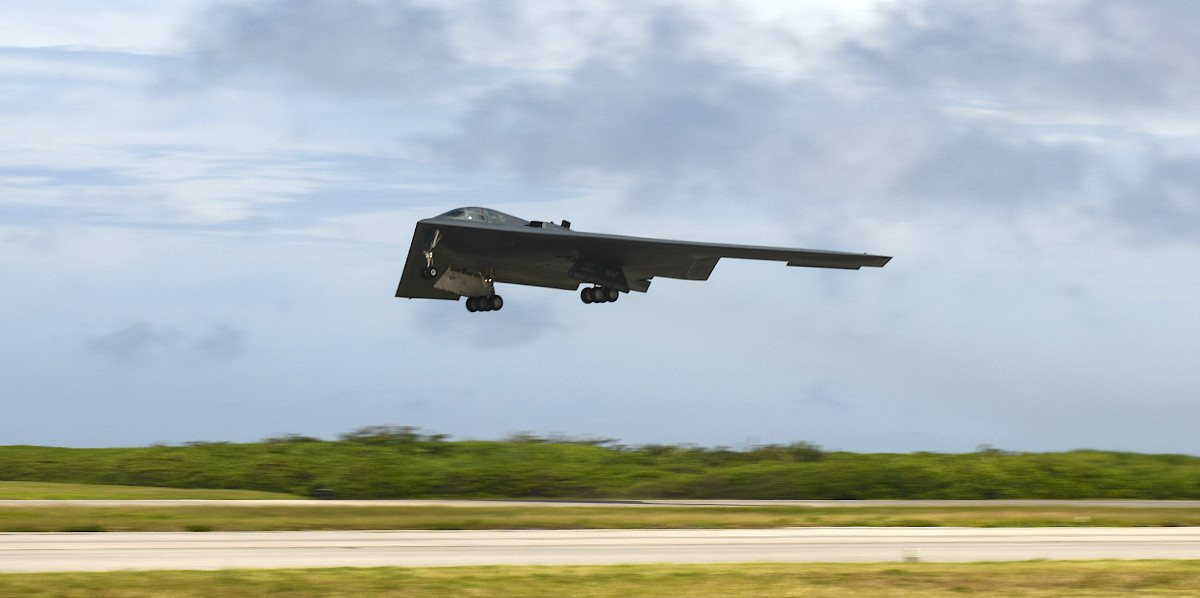
If AFGSC’s new mobile operations center is at all tailored to the very specialized communications capabilities of the B-2, it’s possible, if not highly probable, that will also be able to support its future B-21 Raider stealth bombers on similar deployments. It may well be able to support other bomber types, such as the B-1 and B-52, on expeditionary deployments, too. Beyond that, it seems very likely that other Air Force commands, as well as other units across the U.S. military, could leverage its capabilities to support an even wider array of aircraft, as well as other assets, at distributed forward-deployed locations.
There are still other significant logistical challenges to overcome when it comes to these kinds of expeditionary operations, especially with regards to notoriously maintenance-intensive stealth aircraft. Keeping the vital stealth coatings on aircraft such as the B-2, which are highly sensitive to the elements, from deteriorating can be particularly difficult in a deployed setting.
Diego Garcia does have specialized B-2 Shelter Systems (B2SS) in place to help protect the bombers and their stealth skins. Interestingly, satellite imagery that The War Zone obtained of the bombers on Diego Garcia on Aug. 18 did not show them using these facilities at the time the photos were taken. The Air Force also released pictures itself showing at least one of the aircraft out in the rain on Aug. 15.
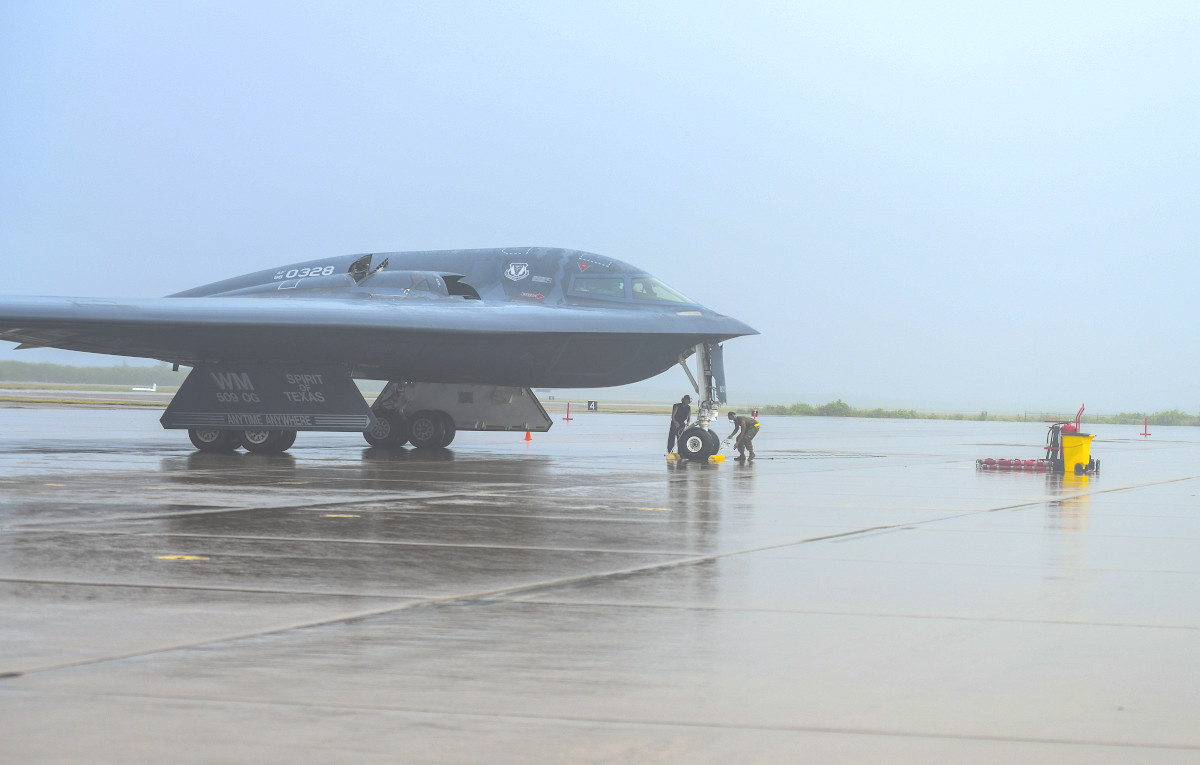
Still, despite there being notable hurdles left to overcome, the first-ever employment of AFGSC’s new deployable operations center in support of B-2s on Diego Garcia represents another important step forward in ensuring that the Air Force can send these aircraft where ever they might need to go during a major conflict.
Contact the author: Joe@thedrive.com
